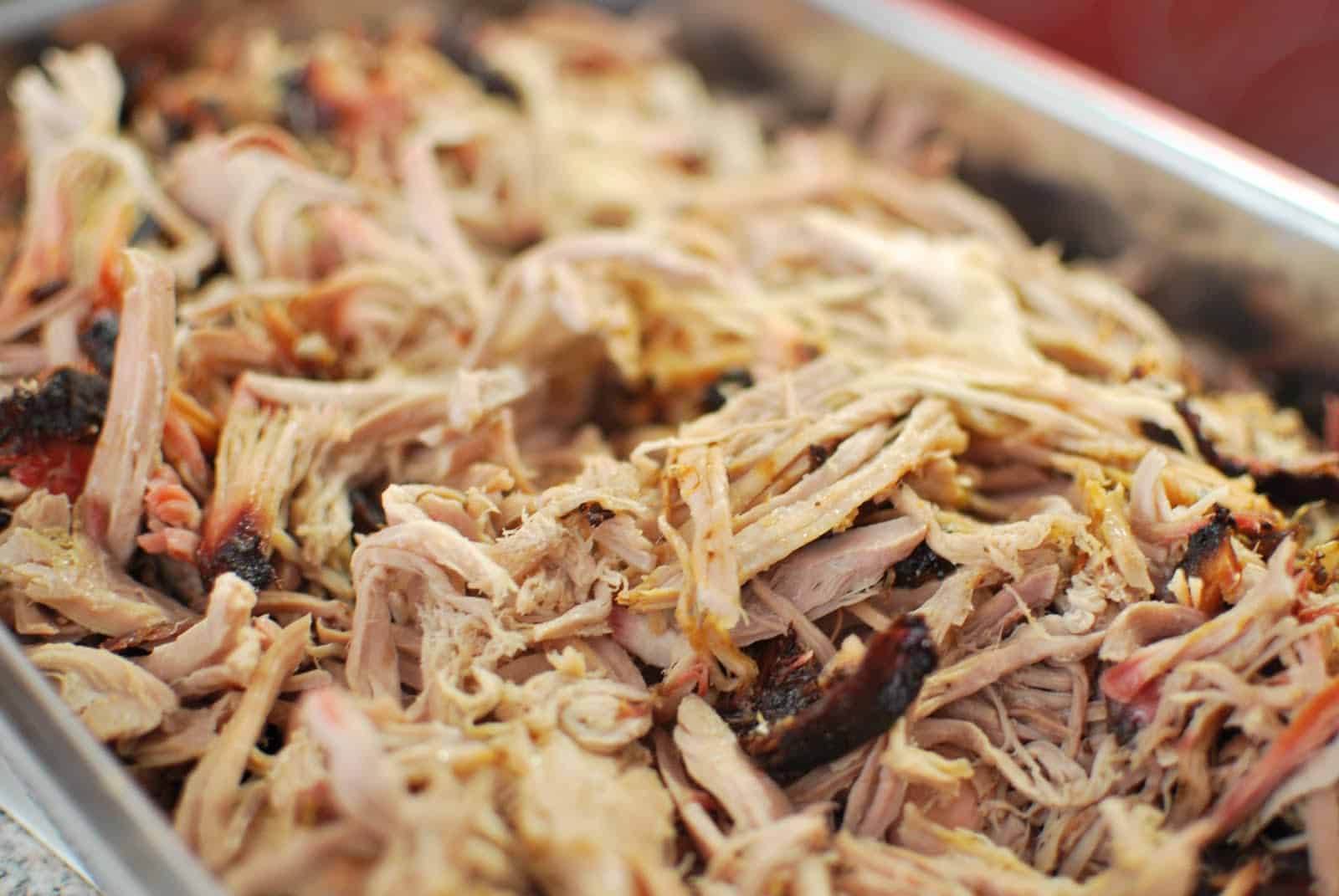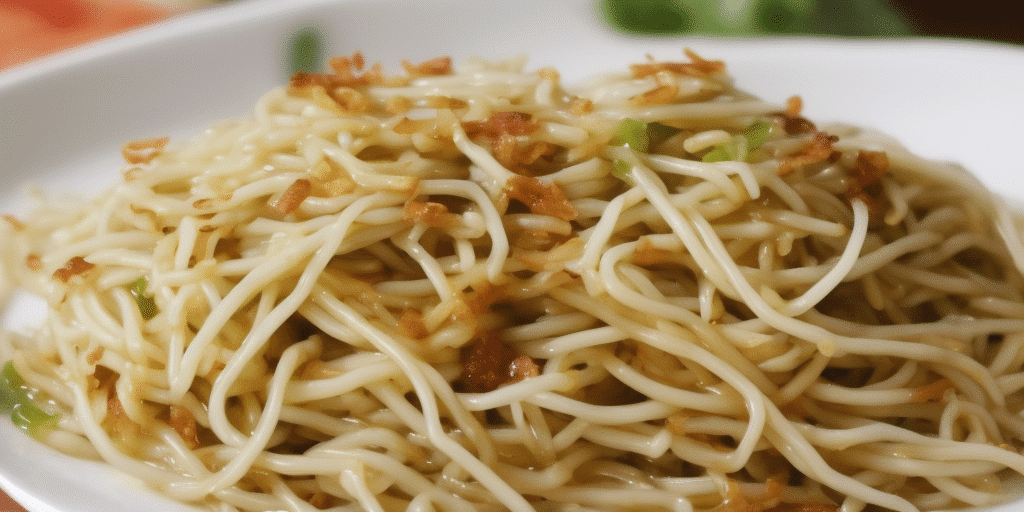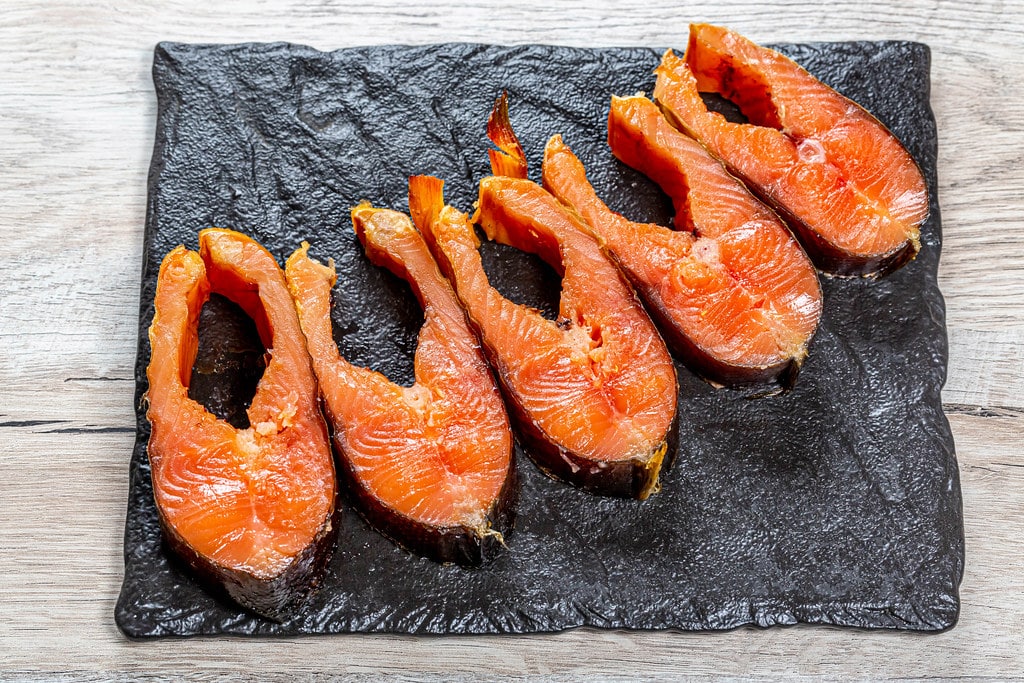- How to Make Ramen in the Microwave - July 1, 2025
- El Torito Corn Cake Recipe - July 1, 2025
- Air Fryer Frozen Fish Fillets No Breading - July 1, 2025
Eating plain food is not exciting, and munching on bacon that’s a bit past its prime might give you a tummy ache.
It’s always wise to know when it’s too late for your bacon and what you can do to stop it from going bad in the first place.
Here I will tell you everything you need to know about how long bacon lasts, how you should store it, and how to tell when you should throw it away.
There are two amazing ways to cook bacon. If you haven’t tried them, get ready to be swept off your feet: bacon in the toaster oven and bacon in the air fryer.
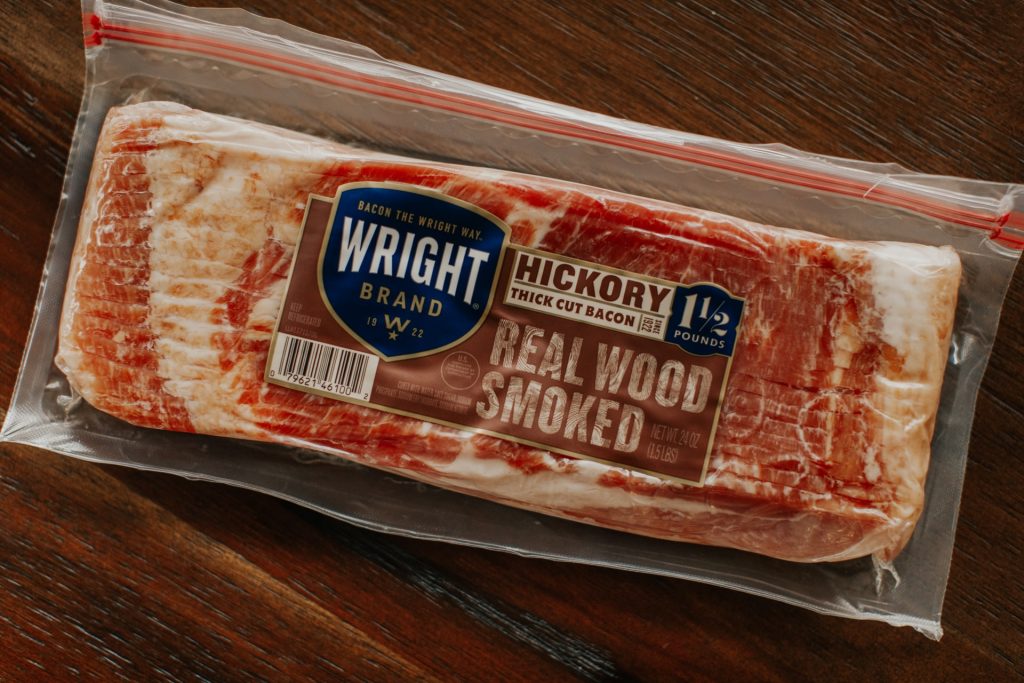
How long does bacon last?
Many people aren’t sure how long bacon lasts and so I put together some shelf life rules.
You should always try to store bacon in a fridge or a freezer.
Shelf life rules
There are some simple rules you can follow:
Bacon kept in a fridge
- Raw bacon has a shelf life of about two weeks if it’s unopened and kept in a fridge
- Raw bacon that has been opened should last about one week
- Cooked bacon usually lasts about five days if it’s kept in a fridge
Bacon kept in the freezer
- Raw bacon kept in a freezer lasts about six months
- Cooked bacon kept in a freezer lasts about nine months
Recommended shelf life
Luckily, nowadays most bacon comes with a sell-by date and an expiration date displayed on it. Most bacon also comes packaged in an airtight container.
If it is left unopened and stored properly the sell-by date and expiration date are very reliable.
A lot of people allow food to go past the recommended dates and don’t suffer for it.
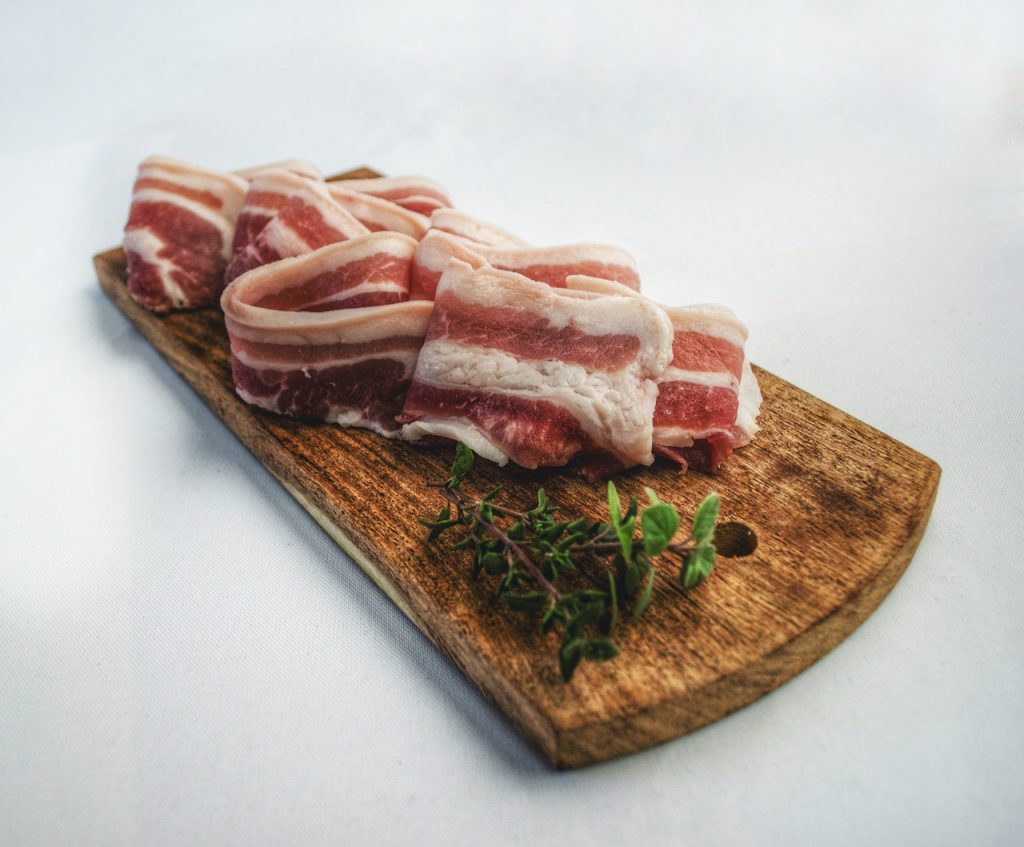
How to store bacon?
Bacon needs a fridge or a freezer.
Luckily for us, most of us have a refrigerator or a freezer at home.
The most important thing is to remember to always store bacon, and most other meat for that matter, in a refrigerator or a freezer.
This helps to prevent bacteria from developing and should keep the bacon fresh.
There are also some other things you can do to make your bacon last longer.
Store bacon in an airtight container
If you have already opened your bacon, put it in a container and make sure it’s properly sealed.
Stored this way it should last longer.
Restricting airflow stops bacteria from getting to it and helps to keep it at its best.
If you don’t need it for a few days, then keep it in its package for storage.
Use plastic wrap
Plastic wrap can be used in much the same way.
If you haven’t got any, then wax paper, freezer paper, or aluminum foil make good alternatives.
This reduces airflow and prevents bacteria from developing.
If you like, you can separate out your bacon slices for storage.
This way you can also keep some in the fridge and some in the freezer for later.
Minimize the amount of time it spends at room temperature
As we’ve already said, bacon and most meats are best kept cold.
To keep it fresh put it in the fridge or freezer as soon as you get home and don’t leave it out on the side for too long when you’re cooking.
Don’t leave it to long
Don’t let your bacon go bad.
Eat it quickly.
If you like it as much as most people, why not aim to use all your bacon within seven days of buying it.
You don’t have to make it last forever.
Don’t let your bacon go bad and miss the time to enjoy it.
Traditional cured bacon
In the days before refrigerators, bacon was preserved very carefully with salt and was often smoked as well.
This was done very carefully and old-fashioned bacon could last for weeks in just a cool room.
Although you can still buy smoked and salted bacon it’s not quite the same thing.
If you hang bacon that you buy nowadays in a cool room for a long time and then eat it be prepared for trouble.
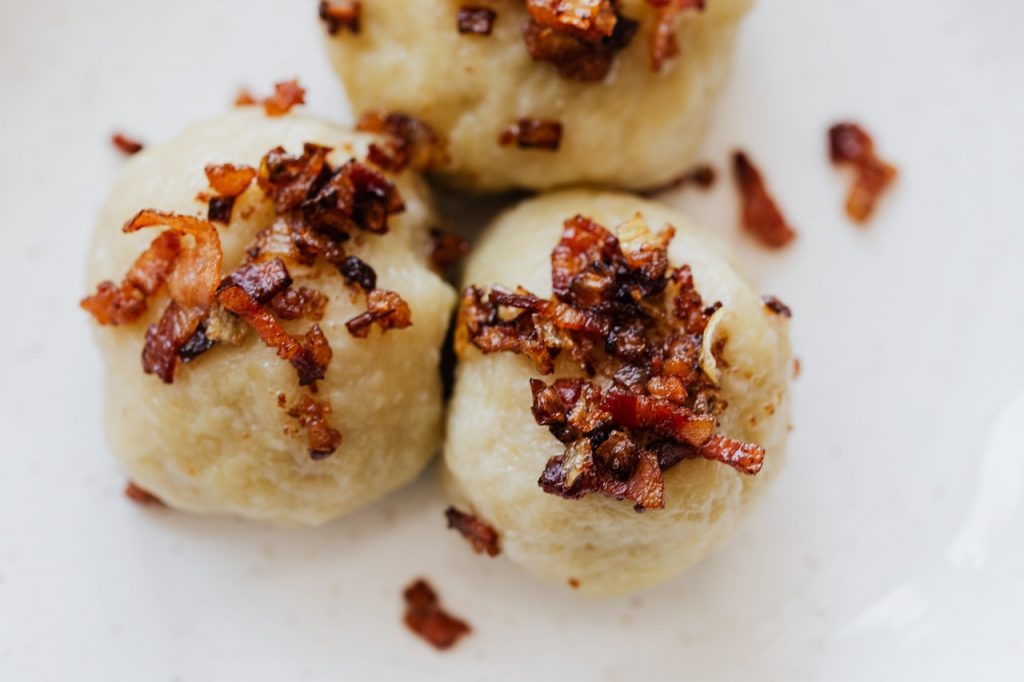
How to tell if bacon is bad?
If you’re not sure whether your bacon still counts as fresh bacon or if it’s spoiled bacon, here is some advice on how to tell if bacon is bad.
Changes to the color, smell and surface texture are a sign of trouble.
Note that bacon will change slightly even after just a few days.
If it has changed slightly it might still be safe to eat.
What’s important is how to tell if your bacon has gone bad, so you don’t go and eat bad bacon.
Check the expiration date
Have a look at the package.
Next to the sell-by date, should be the expiration date.
Have a look at your calendar and see where you stand.
If you’ve gone past the date, then the safest thing is not to eat it in case your bacon has gone bad.
However, many people ignore the recommended shelf life and rely on their own judgment on how to tell if bacon is bad.
If you want to take a chance, then read on to checking out the look and smell of your bacon.
Remember that unopened bacon packages and properly stored bacon will last longer before it’s spoiled.
The expiration date does not apply if you have already cooked your bacon.
Sell-by date tip: One good tip, in general, is to check the sell-by date on all your food before you buy it and always try to buy food that will last the longest. This is also usually the freshest food.
Have a look at it
Spoiled bacon often turns from its natural red color to either:
- Grey
- Brown
- Green
- Blue
If this has happened there is a good chance that it’s bad.
Good, fresh bacon should keep its natural red color, often with yellow in some of the fat.
Any noticeable signs of color change are a bad sign and suggest that it is spoiled.
The other thing to look for is whether your bacon has turned:
- Slimy
- Sticky
Normally it is soft, moist, and springy to touch.
Again, any obvious signs of sliminess or stickiness are a bad sign and suggest that it is spoiled.
This happens as bacteria multiply on its surface.
See how it smells
Bad bacon usually has a sour smell or even a rotten smell.
This is a sure sign that your bacon is bad.
If your bacon smells funny then it’s best to throw it away.
Remember: One thing you can do is find someone who knows how tells if bacon is bad and gets them to have a look.
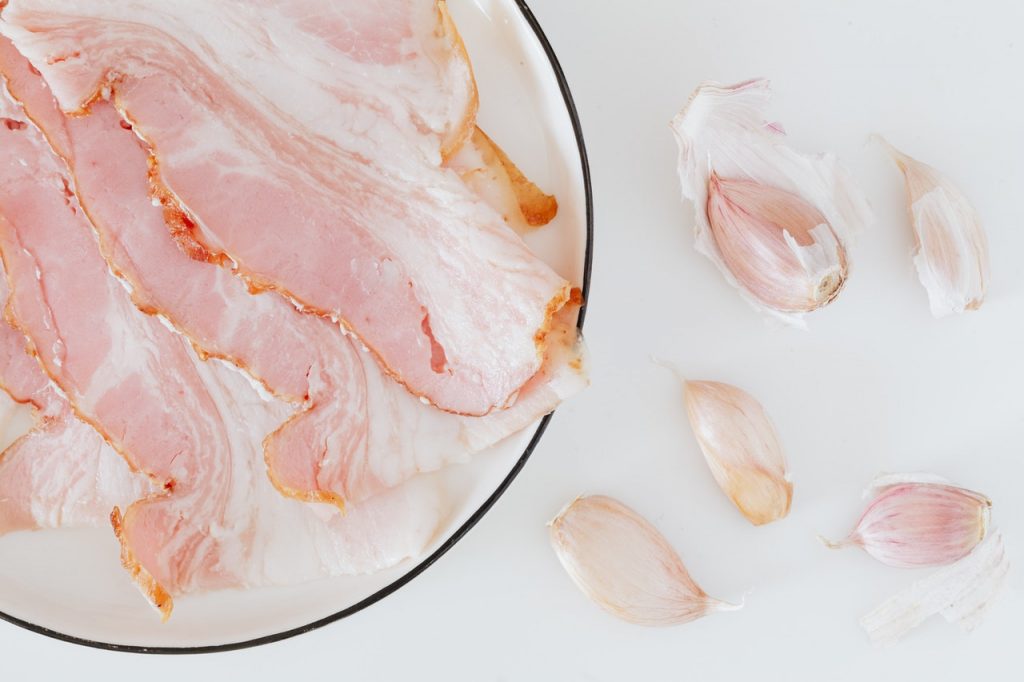
What happens if you eat undercooked bacon?
Luckily most people like crispy bacon, particularly the crispy fat.
If this is you, then you should be able to avoid eating undercooked bacon as crispy bacon is normally heated all the way through.
Most cooked bacon is heated to about 400 degrees Fahrenheit or 200 degrees Celsius.
Most bacteria will be killed at about half that temperature and so if you cook bacon thoroughly you will be okay.
Things go bad when people don’t cook bacon for long enough.
The effects of eating undercooked bacon
Eating undercooked bacon will expose you to bacteria and could cause food poisoning.
Most modern bacon does contain salt which inhibits bacteria to some degree but you may still get ill from not cooking bacon properly.
Most of the time food poisoning isn’t very serious, but it’s still something to avoid.
If you aren’t a fan of crispy bacon, then still be careful to make sure you still cook it for long enough to heat it all the way through.
How to tell if bacon is cooked enough
Here are some simple rules to follow to know whether your bacon is cooked enough:
- The white parts of the fat will turn translucent when bacon is well cooked
- The fat will start to dissolve and you will be able to see fat in the cooking pan
- It will turn to a dark brown color
For fried bacon ten minutes in a pan on medium heat is usually sufficient.
Make sure that you turn it enough and that all the different slices are separated out and given equal exposure to the heat.
If you prefer to cook it in an oven, then preheat your oven to 400 degrees Fahrenheit or 200 degrees Celsius.
A regular cut should take about 12 minutes and thick-cut bacon should take about 16 minutes.
You should still leave thin cuts in your oven for about 10 minutes.
Undercooked bad bacon
The last thing you want to do is eat undercooked bad bacon.
This will be worse than fresh bacon.
Remember to check the date, smell, and look of your bacon if you’re not sure.
As with all food, bacon can make you ill if it’s not prepared properly.
Don’t let it worry you too much though.
As long as you follow the normal precautions and everything outlined in this article you will be okay.
The most important thing is that you enjoy eating it.
To sum up
I hope this guide has been helpful and you have found out everything that you need to know.
Remember, there are more ways to cook bacon than just in a sandwich.
There are plenty of innovative recipes out there.
Have a look and see if you can find something new.
You will probably know most of the traditional recipes out there, but recently people have found new and interesting ways to cook it.
If you’re not interested in doing something new then see if you can just perfect the bacon sandwich.
Love,
G.
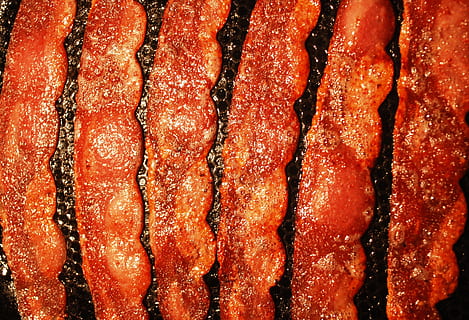
Microwave Owen Cooked Turkey Bacon
Equipment
- 1 microwave
Ingredients
- 4 bacon
Instructions
- Remove the lid from the tray. Arrange three to four bacon strips evenly throughout the tray grooves.
- Place the tray in the microwave oven and cover with the lid.
- Microwave the food for the appropriate amount of time for the level of softness to crispiness you desire. Below is a list of suggestions on how long to microwave bacon. The time varies from 1 to 3 minutes.
- Take the bacon tray out of the microwave once it is done cooking. Remove the lid with caution, as it may be warm and the steam may be hot. Enjoy your turkey bacon.

